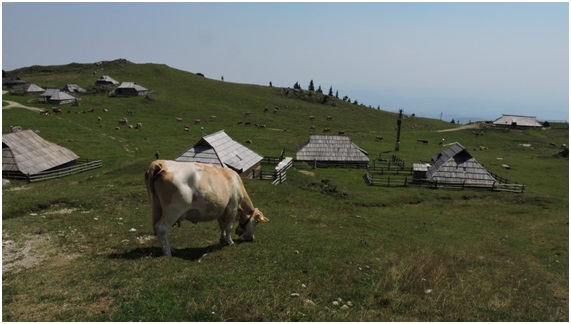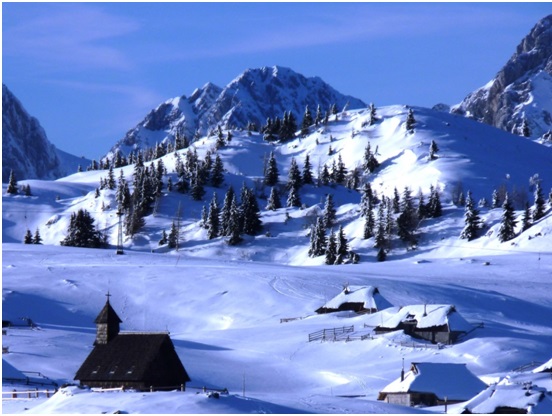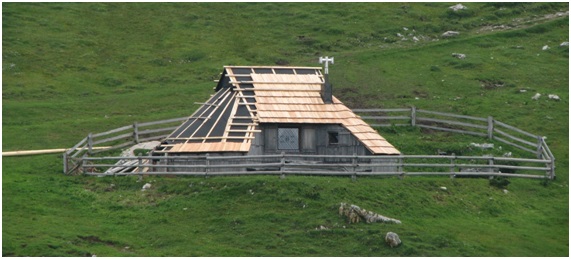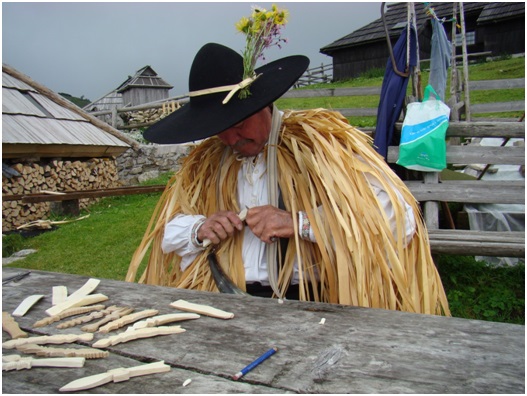The Common Mountain Pastures in The Velika Planina Plateau
18.11.2015
-
SUBMITTED ORGANISATION :
-
Research Centre of Slovenian Academy of Sciences and Art (ZRC SAZU), Anton Melik Geographical Institute
-
DATE OF SUBMISSION :
-
18/11/2015
-
REGION :
-
Southern Europe
-
COUNTRY :
-
Slovenia (Upper Carniola)
-
SUMMARY :
-
Our case study is focused on common land and especially on mountain pastures as the most often manifestation of common land in Slovenia by using the example of Velika planina Plateau located in the centre of Slovenia. The Velika planina Plateu is the largest Slovenian mountain pasture, in 2015 836 cattle were grazing there. Although the actual management and ownerships structure was set up at the beginning of the 20th century, the pasture has been operating for centuries. The period after the Second World War was very turbulent due to political turn-ups in what is nowadays Slovenia ending up in confiscation of all common land. However the pasture functioned according to established rules. This period also introduced new activities, skiing tourism, mountaineering, cable cars and additional mountain huts for turists. Although ownership issues have not been completely settled by now, the mountain pasture is a good example of a responsible relationship to communal property. It is proof that such property occupies an important place on the value scale of grazing-rights holders, who are aware that the mountain pasture represents not merely economic value, but environmental and cultural value as well. The mountain pasture is part of their tradition, inseparably connected with the settlements that the grazing-rights holders come from.
-
KEYWORD :
-
cultural landscape, common pasture, mountain pasture, herdsmen, cottager, hut, Velika planina, Alps, Slovenia
-
AUTHOR:
-
Mateja Šmid Hribar, Ph.D., is a Research Fellow at the ZRC SAZU Anton Melik Geographical Institute (Ljubljana). Her research interests focus on sustainable governing and managing of cultural landscapes, human–nature interaction, the role of ecosystem services, governing common lands/commons, protected areas and heritage studies. Mimi Urbanc, Ph.D., is a Senior Research Fellow at the ZRC SAZU (Ljubljana). She has (co)authored several publications dealing with landscape changes, landscape perception, landscape representations, and common land. She is a board member of PECSRL and the editor of the Peter Lang series Exploring Cultural Spaces of Europe.
-
LINK:
-
The Velika planina Plateau, SAZU:Velika planina Plateau, SAZU, Geographical Institute GIAM












